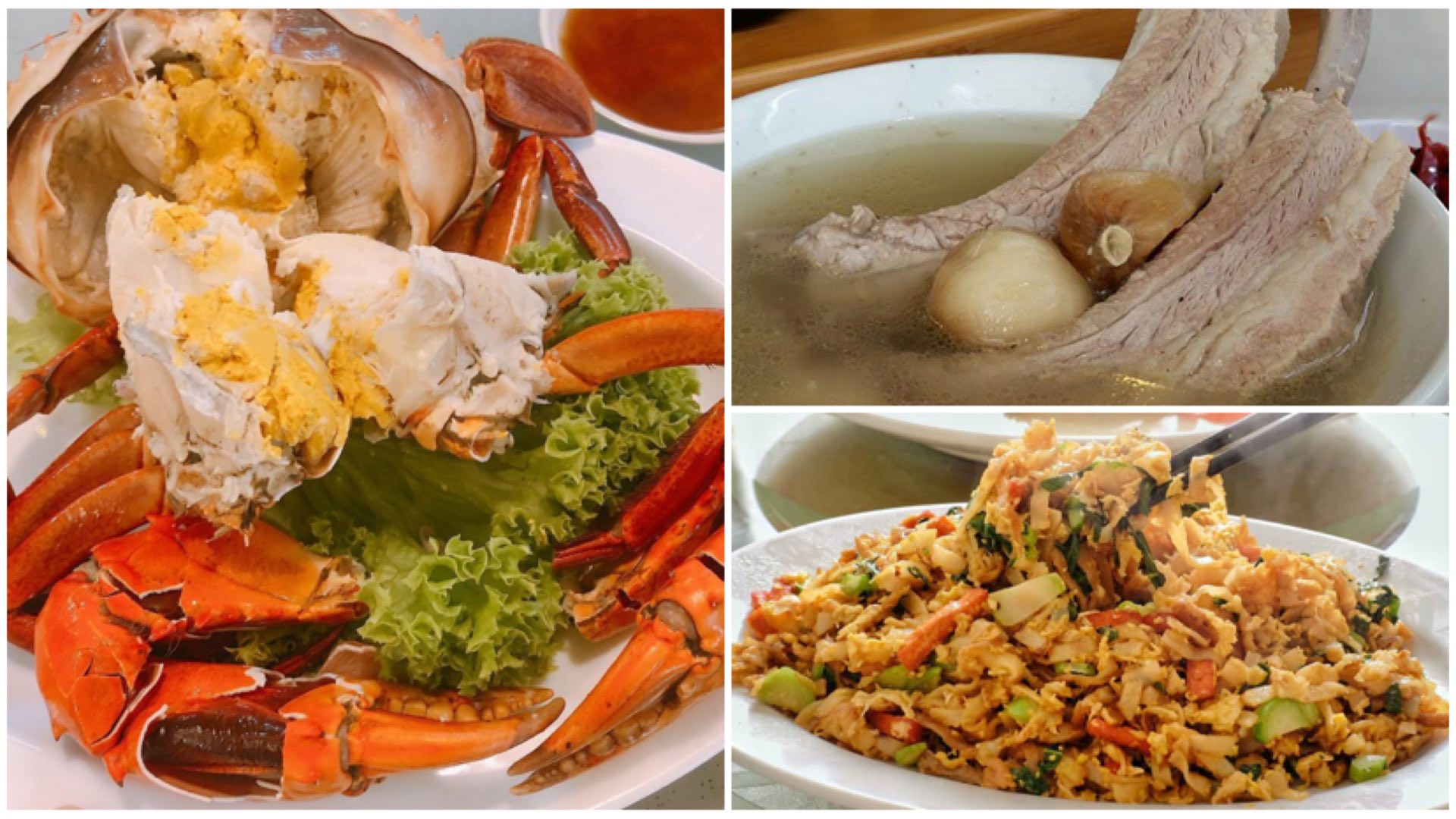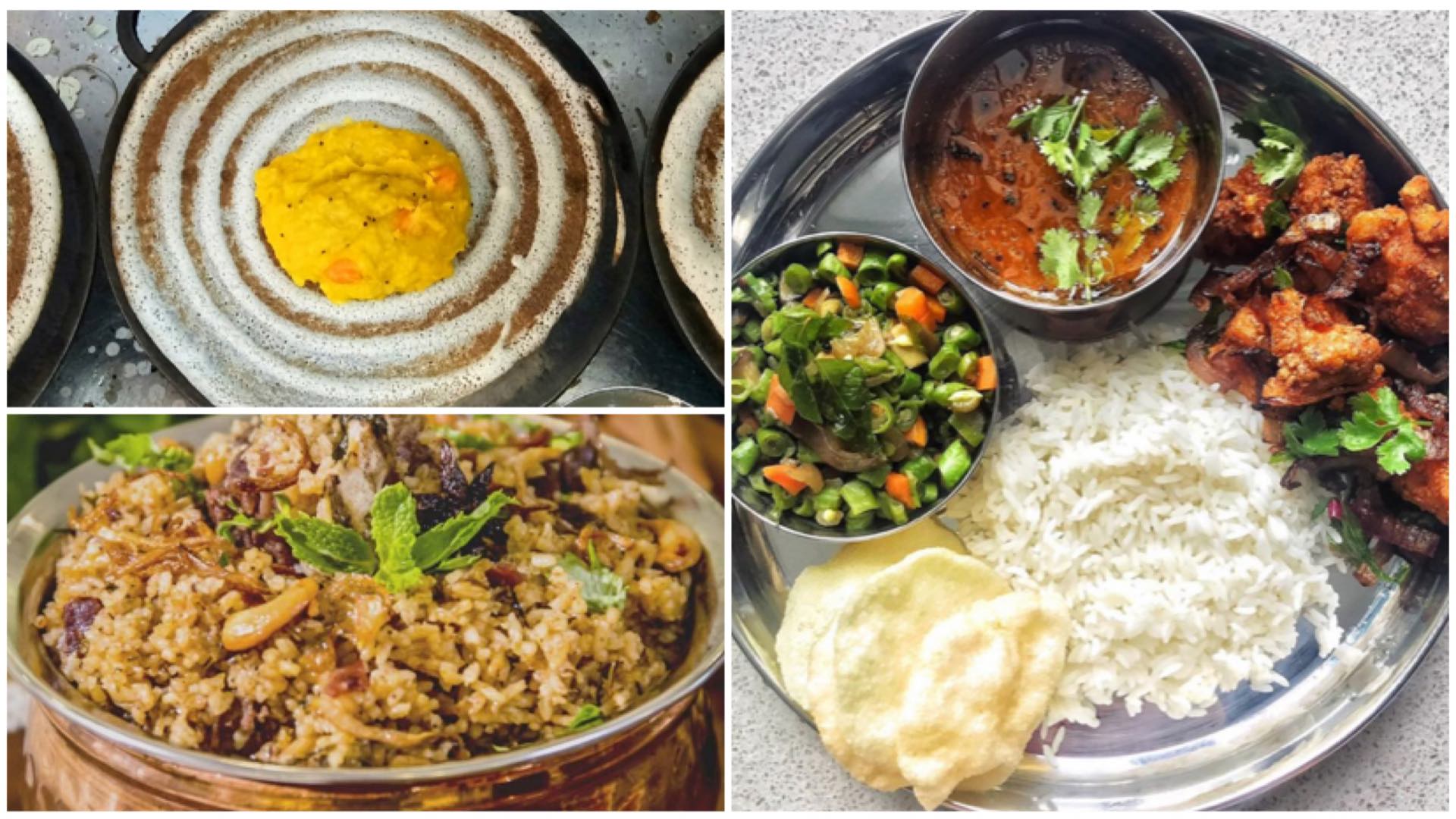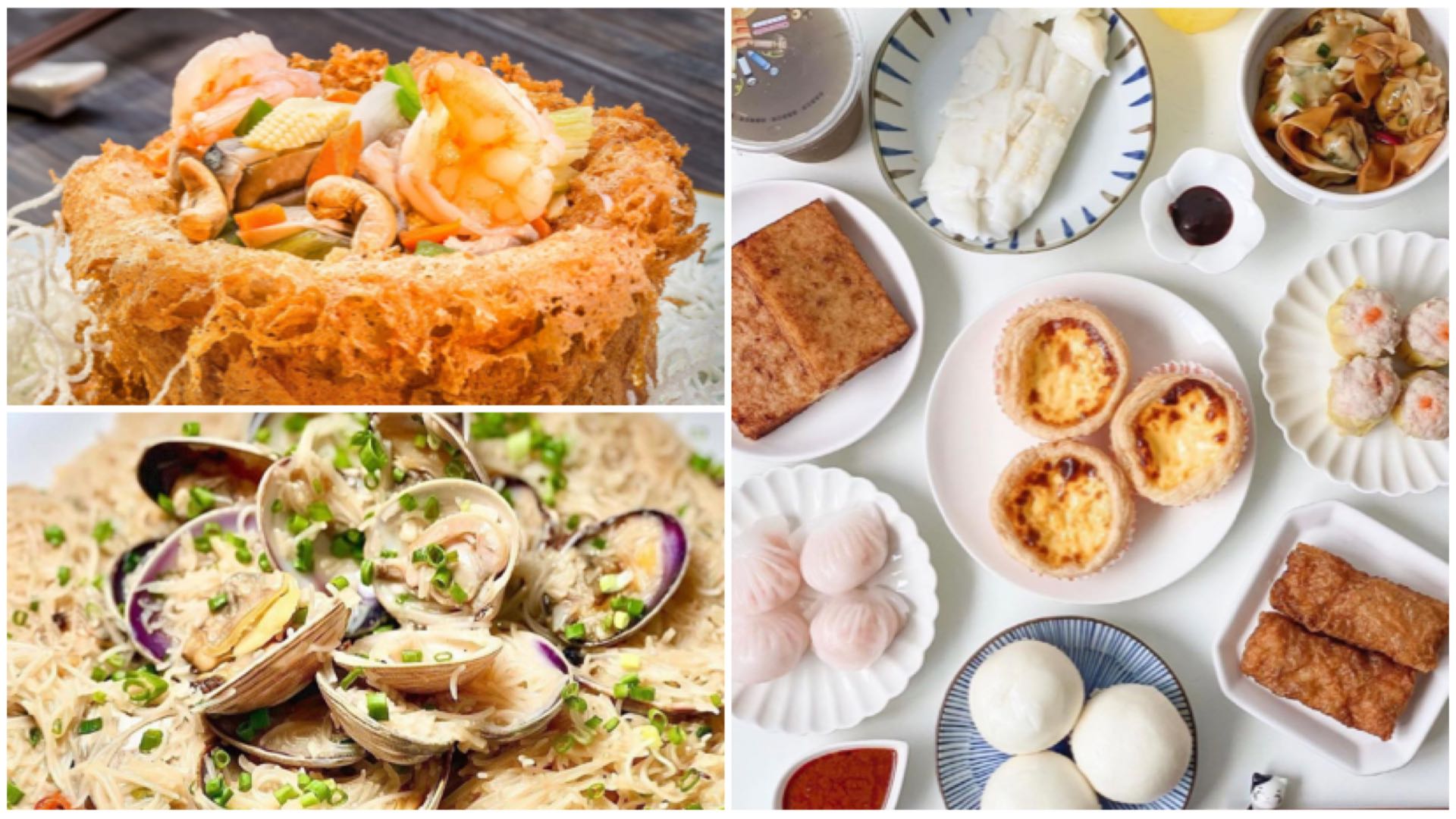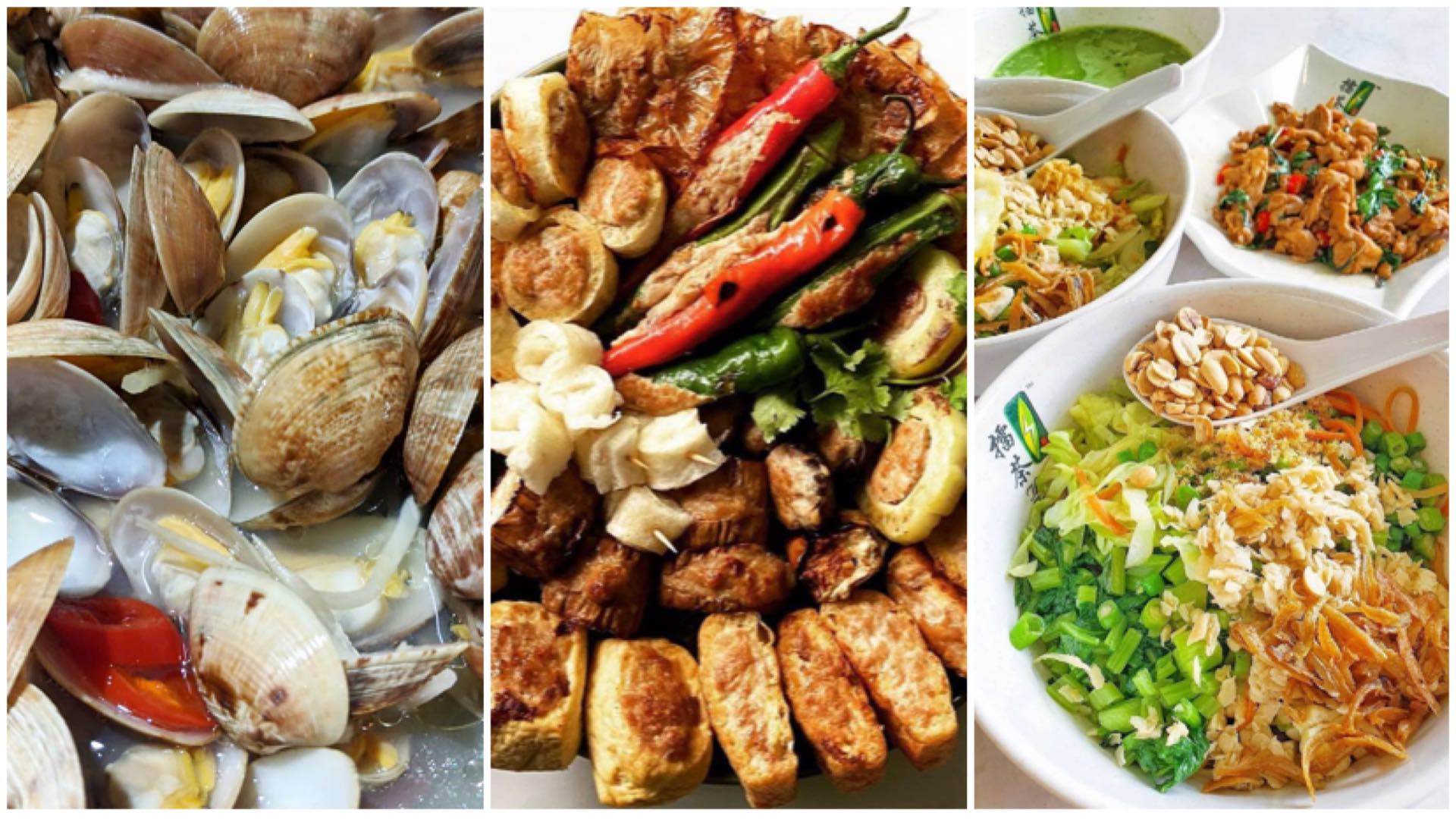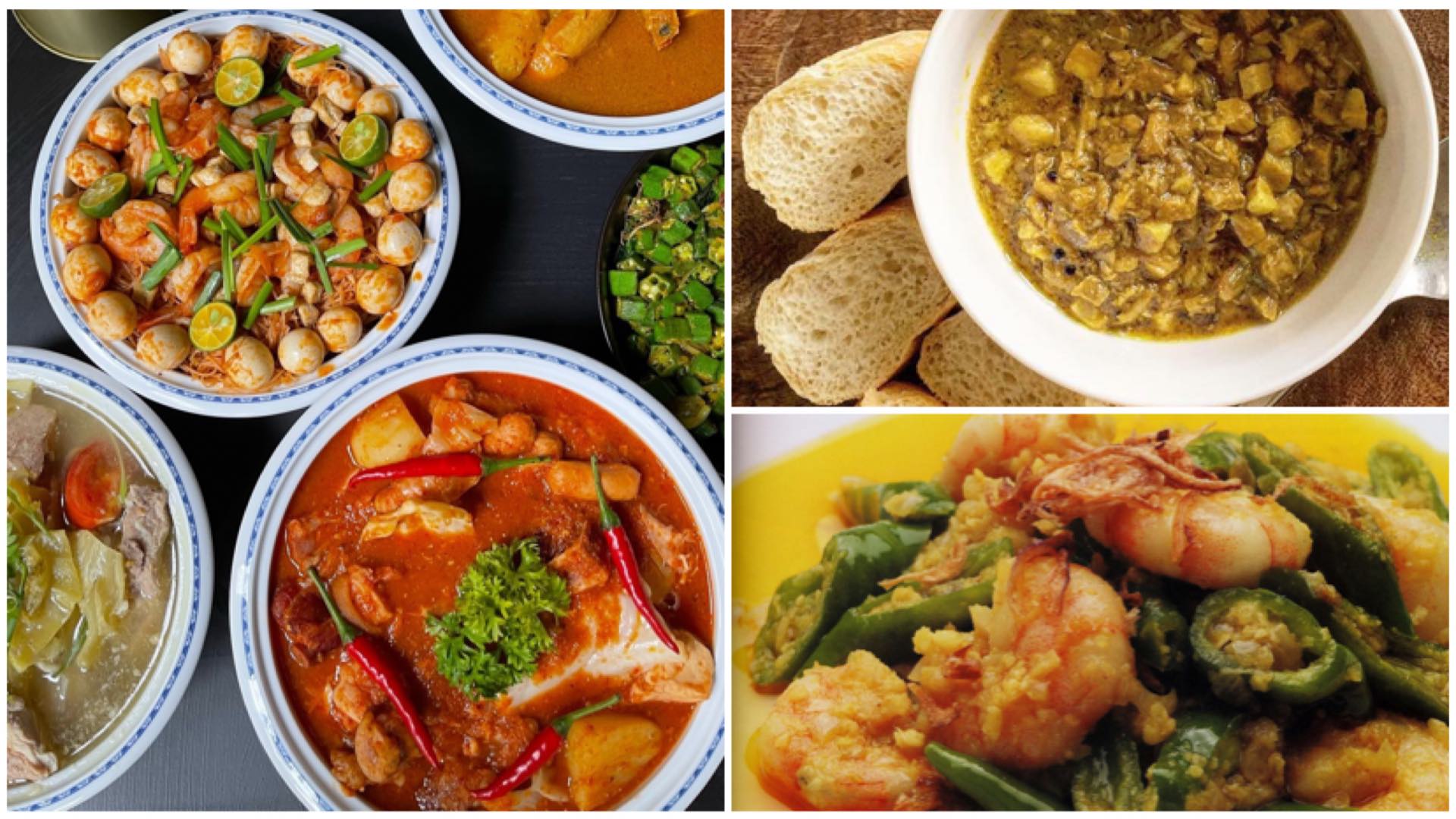Singapore Shiok: Teochew Cuisine On Our Little Red Dot
From 22 Jul 2021 to 18 Aug 2021 (both dates inclusive), social gathering group sizes will be reduced to a maximum of 2 persons and dining-in at all F&B establishments will cease. For a full list of safety measures, click here.
The information in this article is correct at the time of publishing.
The Teochews may make up just a fifth of Singapore’s Chinese population, yet their food culture enjoys a wingspan beyond their numbers since many of our favourite hawker and zichar dishes are Teochew in origin. These include bak kut teh, orh luak, braised duck, mee pok tar, and kway chap.
A large number of Singapore’s early Teochews, who migrated from Chaozhou in China, lived along the Singapore River, particularly around Boat Quay. They plied their trade in textiles and sundry on the right bank and tropical produce including gambier and pepper, the most essential crops of the time, on the left.
Posted by Tiat Seed Tan on Monday, 9 November 2020
While there is no historical proof, it is often said that bak ku teh – that simple yet satisfying broth of pork ribs and spices – was created by Teochew coolies who worked along the river. The lore goes that they collected peppercorns which fell from sacks to make their distinct style of peppery bak kut teh.
Another plausible origin story has it that pork bones, garlic, and peppercorns, the only ingredients needed for Teochew bak kut teh, were readily available at pepper plantations run by the Teochews. Hence, the dish must have been birthed in those plantations.
Posted by Tiat Seed Tan on Monday, 9 November 2020
Simple yet satisfying
In 1845, Ellenborough Market was built to the north of Boat Quay. Because it was located within the Teochew enclave, it served as the heart of the Teochew community and came to be known as Teochew Market. Fittingly, the market was a trading hub for dried seafood and sundries, though it also became popular for the glut of stalls selling all manner of Teochew food.
Even beyond that, for many years, Boat Quay and its surrounding area was crammed with Teochew food stalls until the government put a stop to street hawkering in the 1970s.
Today, Teochew cuisine is rife across the island.
Rice porridge or mui, the dialect group’s everyday staple, remains a quintessential favourite, with foodies citing Liang Kee Teochew Restaurant as among the best. The original restaurant was founded in 1974 at Ellenborough Market by the late Teochew immigrant Ng Bak Liang.
While it has spawned several spin-offs thanks to his sons and a former business partner, the most popular of Liang Kee’s offshoots is this humble eatery run by Ng’s third son Ng Shiang Lin.
Teochew porridge may be austere and thin, but its accompanying dishes more than make up for it thanks to their dizzying range. Patrons can pick from items like salted vegetables, preserved radish, cold crabs, braised duck and crispy prawn rolls.
Bak chor mee (minced pork noodles), another Singaporean favourite, was also brought here by the Teochews. In fact, much of Singapore’s older generation continue to call it Teochew mee rather than bak chor mee. Originally comprised of just minced pork and noodles in a broth, today’s version is distinctly heartier and nuanced.
Another dish that has been enriched by Singapore’s culinary maximalism is char kway teow. While the Chaoshan original typically comprises flat rice noodles fried with chives, beansprouts, pork, lard, and fish sauce, its Malayan evolution has seen it take on other ingredients like eggs, Chinese sausages, fish cakes, cockles, and sweet dark soy sauce. Orh luak, chwee kueh and braised duck are yet more Teochew favourites that are readily available across the country.
Popular Teochew restaurants abound, including Chui Huay Lim which sits in a Teochew clan house; the family-run Teochew Huat Kee, which was founded in 1969 and is now headed by its founder’s grandson Lee Chiang Howe; and Chin Lee Restaurant, another family-run business since 1973.
All this only means that a delicious world of Teochew delights can be discovered with little effort and at just about every turn in Singapore.
For the latest updates on Wonderwall.sg, be sure to follow us on Facebook, Instagram and Telegram. If you have a story idea for us, email us at [email protected].







